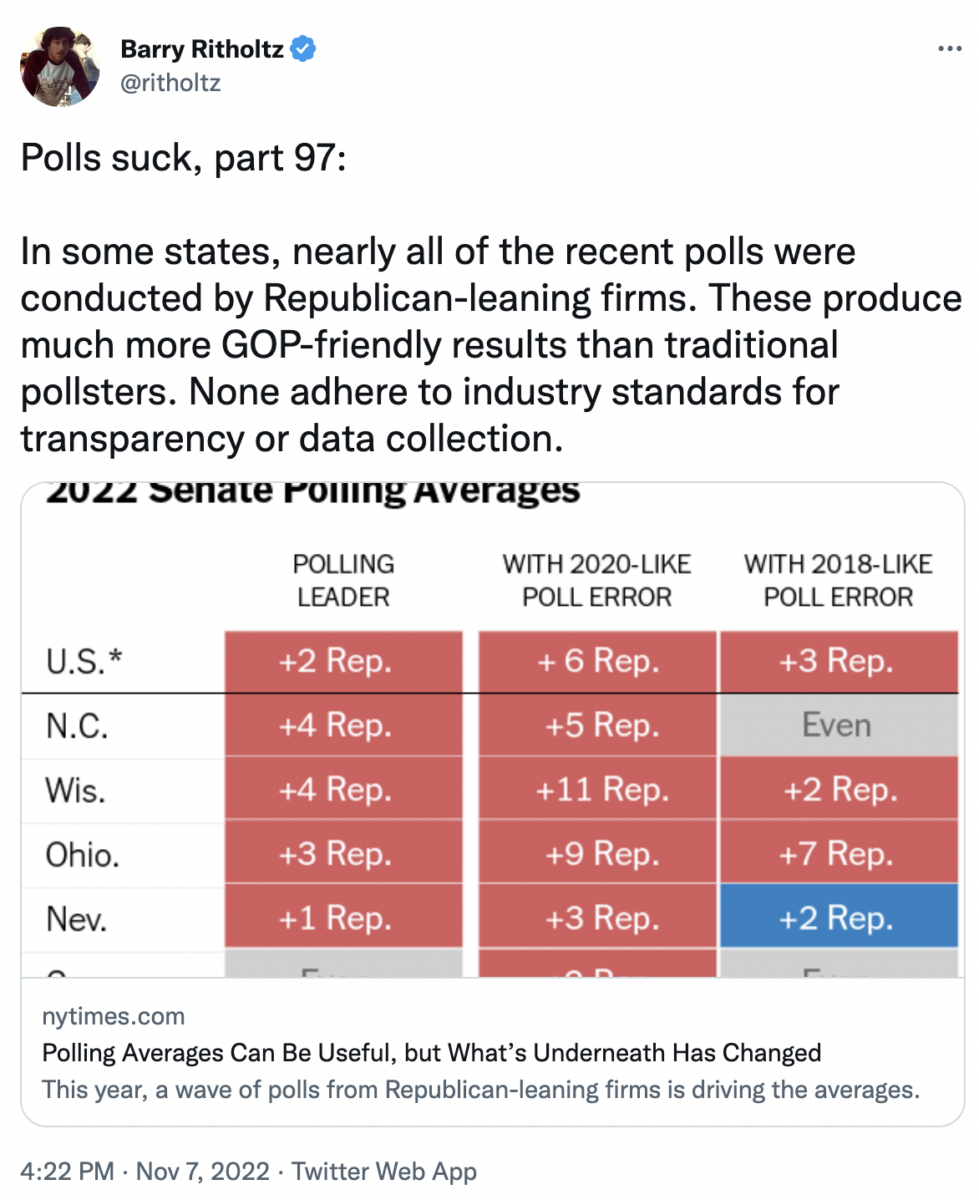At first, Lindsey Tindage, a 27-year-old corporate recruiter, was leery of co-living, a housing model that brings strangers together in a dormitory-like arrangement.
“It seemed sort of sketchy because it all seemed too easy,” she said. But after moving to New York from Los Angeles in 2021, she had to scramble to find housing and decided to give community living a chance.
Now, a year and a half after renting a bedroom in a furnished Brooklyn apartment shared with strangers, Tindage is hooked. “Co-living took all the stress out of moving,” she said.
After a rocky period during the pandemic when interest in living with strangers plunged, co-living providers are now counting on satisfied customers like Tindage to help reinvigorate their business. With housing costs soaring, the demand for alternate forms is growing, and “dorms for adults,” as co-living arrangements are often called, are on an upswing across the country.
The number of bedrooms either available or in development across the country surged 20% to 74,000 in 2022, from about 62,000 in 2020, according to data from Cushman & Wakefield, a commercial real estate services company. Because rooms are rented separately, apartments carved up for co-living can reap rents that are up to 50% higher than those involving typical layouts, giving landlords a powerful incentive to embrace co-living.
The business model behind co-living has evolved in the past decade, when startups like Starcity operated large portfolios of buildings converted into co-living facilities. Now, many operators want to be known less as landlords than as tech platforms that eliminate the headaches of cobbling together roommates and managing apartment budgets.
“We match people who have the same interests,” said Sergii Starostin, who helped found Outpost Club of New York in 2016.
Despite recent growth, the industry is facing stiff challenges, including unhappy tenants, increased legal scrutiny and site shortages. And the headwinds have forced some providers to adapt by embracing a hotel-style model with shorter stays, increasing staffing and heightening scrutiny of potential tenants. Others have merged or acquired rivals, but many have closed.
“The companies that came up in 2017 and 2018, most of them no longer exist,” said Brad Hargreaves, the founder of Common, an industry pioneer. The company, which was founded in 2015 in Brooklyn, today manages 7,000 bedrooms in 80 buildings in places like Birmingham, Alabama; Seattle; and Tampa, Florida.
Another 18,000 bedrooms are in the pipeline for the next five years, Hargreaves said, adding that the companies that have failed have generally paid huge sums to lease entire buildings, rather than collect fees based on rents, like Common, which acquired Starcity’s assets last year.
“Our model has done well across the board,” he said.
Hargreaves declined to say whether Common was profitable. Like other co-living providers, it has been powered by venture capital, in its case to the tune of $113 million across several rounds of fundraising.
Being large and well-funded does not seem to insulate against problems. This spring, some Common tenants lobbed complaints about roommate fights, poor sanitation and inadequate security, which forced the landlord to double the size of its support teams. In August, Hargreaves stepped down as CEO and was replaced by Karlene Holloman, a hotel industry veteran, although he remains as chairman and chief creative officer.
As co-living proliferates, the authorities seem to be paying more attention. Letitia James, New York state’s attorney general, said this year she was monitoring housing-code issues and other potential co-living violations in response to complaints.
But lawmakers in other cities facing a housing crunch, like Philadelphia, are considering allowing the development of that kind of hotel again. As it is, sites can be tough to find, developers say. Since the pandemic, industrial land that was once ripe for co-living housing has been in higher demand for warehouses and shipping centers as manufacturers try to unclog bottlenecked supply chains.
Other providers court trouble by renting rooms for 30 days or fewer, a length of stay typically prohibited in New York.
Some co-living companies have begun snapping up hotels emptied out by the pandemic, offering memberships that avoid running afoul of rules on short stays in apartment buildings.
For instance, Outsite, a 6-year-old firm with 45 global locations, this spring purchased a 21-room former hotel in the Chelsea neighborhood of Manhattan. The property, which cost $9 million, will reopen this month for members of Outsite. Members can stay for as few as three nights.
In 2021, Harrington Housing, a 5-year-old Toronto company, took control of the Mansfield and Seton hotels and part of the Belvedere hotel, three properties in Midtown Manhattan that had been hollowed out by a lack of tourism. Harrington renovated the properties to add communal kitchens, turned offices into karaoke lounges and converted air shafts into patios, while removing front desks to create lounge seating. Tenants, who include many overseas students, can stay for just three days.
Harrington’s portfolio is now almost entirely made up of hotels like these as the company tries to pivot while regulators get up to speed, said Jonas Emre, the firm’s CEO.
“The current housing laws are decades old and focus on traditional landlord-tenant relationships,” Emre said. “But co-living is breaking those relationships.”
Other providers seemed to have gotten the message about a new era. Bungalow, a 5-year-old company that manages 1,380 properties in places like Atlanta, San Antonio and Orange County, California, revamped its screening process after complaints at some sites.
Now, existing tenants have a chance to interview potential ones before letting them move in, even if that means a room sits empty for a prolonged period, reducing the rent the landlord can collect.
Indeed, a bedroom in a six-bedroom Bungalow house in Oakland, California, that Carissa Villafaña rents has been vacant for two months while she and her roommates have considered a dozen candidates, over FaceTime and in person.
“We have not found the perfect fit, and chemistry is important,” said Villafaña, 30, who has lived in Bungalow properties since 2018, when she had to find a place to live quickly after a stint in the Caribbean for the Peace Corps.
“It can get rowdy sometimes, yes, but that comes with living with other people in general,” said Villafaña, who works remotely at home for her job at an educational nonprofit organization. “We can also be very quiet.”
To create a more stable domestic vibe, some providers have done away with short leases for good. Outpost Club initially let tenants sign up for just a month. Now the company insists on a 12-month-minimum lease.
“It’s not so much about flexibility any more,” Starostin said.
Other firms have tweaked their business plans so much that they barely resemble co-living companies at all anymore. For example, the co-living provider Venn no longer leases apartments but instead teams up with landlords to organize social events for tenants to help build a community.
But for others, the past couple of years have been rough. Companies that have closed include Quarters, which declared bankruptcy in January 2021; the Collective, which folded in September 2021; and WeLive, the residential offshoot of WeWork, which shut down in summer 2020. But WeLive’s former site in New York, at 110 Wall St., is now leased by Harrington and Placemakr, a hospitality and co-living platform.
Outpost, which has absorbed the leases of four shuttered co-living companies in the past several years, now has 2,500 beds across 40 buildings. Keeping the peace comes down to how many people look after tenants, which Outpost achieves with a hefty 90 employees across all of its properties.
“We screen a lot and set a very, very, very high bar,” Starostin said.
















